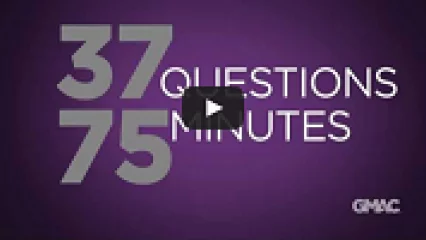The bad news: if you solve GMAT math questions using the same techniques you learned in school, you’ll likely score lower than you should score.
The problem is that achieving a high math score in school requires certain strategies that, if applied to the GMAT, can actually harm your score. To see what I mean, try answering this question:
Claire has a total of 99 pets consisting of gerbils and hamsters only. One-quarter of the gerbils are male, and one-third of the hamsters are male. If there are 28 males altogether, how many gerbils does Claire have?
(A) 39
(B) 50
(C) 54
(D) 57
(E) 60
When solving GMAT math question, it’s important to recognize (and embrace!) two major differences between school math and GMAT math:
- School math questions are seldom multiple choice, and GMAT math questions are always multiple choice.
- In school, your math teachers often want you to show all of your work. So, even you determine the correct answer, you won’t receive full credit unless you show all of your work. The GMAT has no such nonsense. A correct response is a correct response.
So, if the “Gerbils and Hamsters” question appeared in a math textbook, it’s unlikely that it would be accompanied by answer choices, in which case the weary student would be forced to assign variable expressions to unknown values, create one or more equations, and so on. Fortunately, on the GMAT, we can use the answer choices to our advantage and plug in each value to see which one satisfies the given conditions in the question.
Now, at this point, you may be thinking (sarcastically), “Gee, I’ve never heard of plugging in the answer choices. Thanks Brent!”
One question, multiple approaches
Fine, plugging in the answer choices isn’t some remarkable new strategy that I just invented, but this poor strategy is, all too often, treated as a second-class strategy. It’s considered Plan B at best and, for many, the strategy seems like a copout. In fact, after using this strategy to solve a question in class, I’ve had students scrunch their noses in disgust and ask, “What’s the mathematical solution?” These students are still having a hard time accepting the fact that most GMAT math question can be solved using more than one approach, and the best approach is not always the one you learned in school. The best approach is the one that allows you to determine the answer as quickly as possible.
GMAT Math
The fact of the matter is that the original question can be solved in 10 seconds. We’re told that ¼ of the gerbils are male, and the question asks us to determine the number of gerbils. Answer choice A says there are 39 gerbils, but ¼ of 39 is 9¾, and it’s impossible to have 9¾ male gerbils. In fact, in order to get an integer value for the number of male gerbils, the total number of gerbils must be divisible by 4. Since only answer choice E is divisible by 4, it must be the correct answer.
Of course, I specifically created that question to illustrate the utility of plugging in the answer choices, so one might argue that it’s unrealistic to think that this strategy always yields 10-second solutions. However, it’s equally unrealistic to think that this strategy is never yields the fasted solution. What’s important here is that you keep this strategy handy at all times.
So, as you read any GMAT math question, be sure to look for multiple approaches, and before you settle on one assess.
Source: GMAT Prep Now



